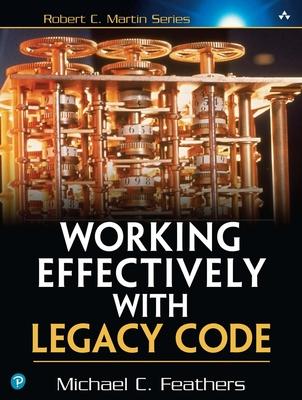This book provides programmers with the ability to cost effectively handlecommon legacy code problems without having to go through the hugelyexpensive task of rewriting all existing code. It describes a series of practicalstrategies that developers can employ to bring their existing softwareapplications under control. The author provides useful guidance about how touse these strategies when refactoring or making functional changes to codebases. One of the book's key points is that it teaches developers to write teststhat can be used to make sure they are not unintentionally changing theapplication as they optimize it. Examples are provided in Java, C++, and Csharp, and the book assumes that the reader has some knowledge of UMLnotation. Strategies using UML and code in C++ and Java primarily whilelanguage independent advice will be delivered in side bars and appendices forlanguage specific users.

This book provides programmers with the ability to cost effectively handlecommon legacy code problems without having to go through the hugelyexpensive task of rewriting all existing code. It describes a series of practicalstrategies that developers can employ to bring their existing softwareapplications under control. The author provides useful guidance about how touse these strategies when refactoring or making functional changes to codebases. One of the book's key points is that it teaches developers to write teststhat can be used to make sure they are not unintentionally changing theapplication as they optimize it. Examples are provided in Java, C++, and Csharp, and the book assumes that the reader has some knowledge of UMLnotation. Strategies using UML and code in C++ and Java primarily whilelanguage independent advice will be delivered in side bars and appendices forlanguage specific users.